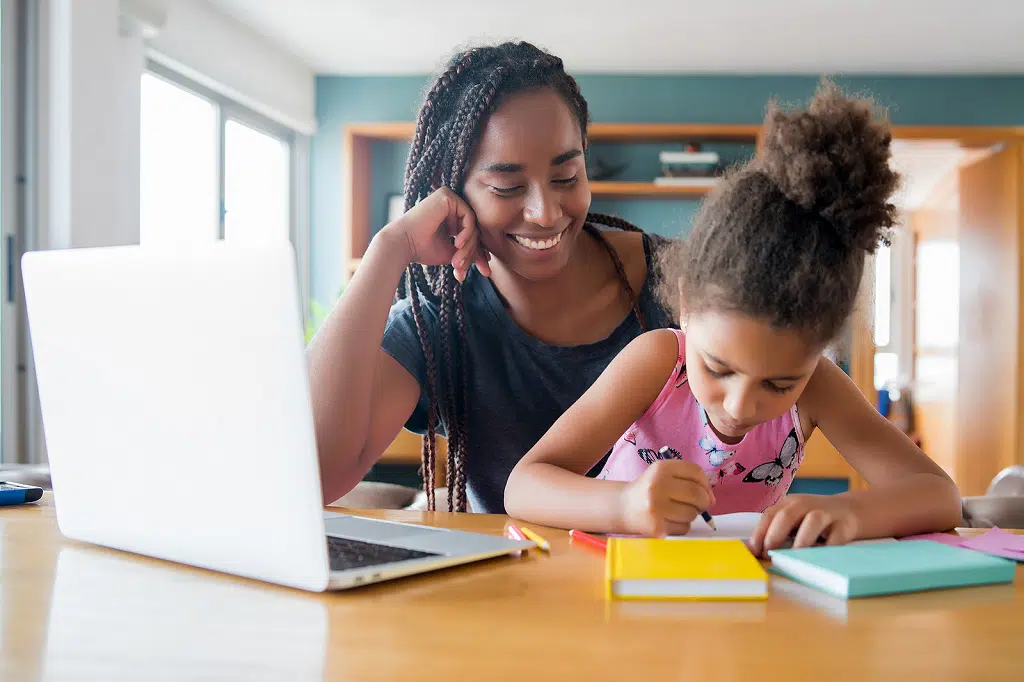
Exploring Alternative Options to Public Schools in NY
Pres mult | 25 May 2023
Parents are always exploring alternative options to public schools in NY and nationwide. An alternative school can be described as a school that doesn’t fit the mold we expect of a “typical” educational experience. In short, alternative schools can be a great way to provide educational opportunities for students that may not learn well in more traditional settings.The term “alternative school” encompasses various educational options that serve as alternatives to traditional public schools. However, it’s important to note that alternative education extends beyond a single definition. Today, numerous opportunities provide alternative options within and outside the school setting. Alternative education includes diverse approaches such as Montessori schools, Magnet programs, charter schools, online learning platforms, and homeschooling. Each of the 43 states and the District of Columbia have individual definitions for “alternative education.” Education needs to be customized to meet the unique learning preferences of students, leading to a variety of alternative options. Students can achieve individual growth and success by embracing alternative options that offer personalized educational experiences. Additionally, high school tutoring plays a crucial role in alternative education settings, as dedicated tutors provide personalized guidance and support to help students excel academically and reach their full potential.
When Did Alternative Schooling Begin?
Alternative educational experiences are not new. In fact, The Temple School, under the Transcendentalist movement, was available in the 1830s. Leading into the 1900s, the Montessori schools rose as a viable choice. Magnet schools began around the 1960s to cater to advanced students.
The broad definition of alternative schools are:
- Charter schools
- Parochial schools
- Vocational training centers
- Magnet schools
- Montessori schools and classrooms
- Boarding schools
- Guided independent study programs
- General Education Development (GED) programs
The early concepts of alternative schooling were based on filling a specific need. Some of these models included classes for students with behavioral or emotional issues, physical disabilities, or learning disorders. The resulting problem was increased segregation and “labeling,” which did not benefit the students.
Over the years, the concept of an alternative option for public schools continues to change to meet the needs of a changing student body.
Development of Alternative Options for Public School
In 1969, 150 Philadelphia high school students left their public classrooms. Their idea was to use the city itself as their classroom. Although this allowed students to conduct a hands-on study of their communities, many thought the concept would fail. Known as the Parkway Program, the “school without walls” was a success. Because of its success, the Parkway Program became a working model for others desiring the same alternatives.
By 1981, there were approximately 10,000 of these new-fangled alternative public schools in the United States. While the numbers seem impressive, they are also misleading, as the 10,000 included schools without walls, magnet academies, street academies, vocational career schools, and even schools that taught “basic” skills.
Other successful, non-traditional schools include:
- City-as-School, a New York City public school following the model of the Parkway Program. Beginning with only 61 students in 1972, the school now has 529 students in grades 10-12.
- St. Paul Open School in Minnesota opened in 1971 and now utilizes three buildings to cater to Kindergarten through 12th-grade students.
The success of these alternative options continues. The benefits of non-traditional settings, smaller class sizes, and community involvement continue to score high on effectiveness.
Exploring Options Other than Public School
When removing a student completely from all public school settings, there are still many options for continuing their education through 12th grade.
Parent Organized Discovery Sites (PODS) are quickly gaining popularity. PODS are small, neighborhood groups of similar-age students who get together to learn. While neighborhood PODS can have 10 to 12 children, tutoring companies are also filling the void by offering smaller guided PODS of 2 to 6 students. These small groups can focus on an entire homeschooling curriculum, or they can be subject-specific to enhance other schooling methods.
Unschooling is becoming a popular concept for parents seeking better alternatives. The base component of unschooling is in having students “doing the real thing.” This is also known as natural schooling. The facilitator is usually a parent. Small groups of children learn by doing, rather than sitting and trying to memorize the names of 46 presidents. The students are permitted to follow their whims to explore the world and learn as they go.
Homeschooling can either be taught using materials purchased for a particular grade level or using a syllabus created by the parent. Classwork can also be done through an online education provider. In many instances, it is a hybrid combination of one or more methods. Parents usually fill the role of teacher, or a family may hire a teacher or tutor to work within their home.
Additionally, options such as military schools, online learning academies, and even private schools are available. Whatever choice you make for your child, adding PODS can enhance the overall experience.
Is Alternative Schooling a Viable Option Today?
Yes, alternative schooling is a viable option, especially in our digital, fast-paced 21st Century world. The biggest factor in the success of any alternative learning method or school is that students must maintain a desire to attend classes.
Whether those classes are small, 4 to 6-pupil learning PODS, or a classroom setting, if students enjoy it, they will learn. One driving factor in the success of alternative educational opportunities is one-on-one interaction between teachers and students.
The smaller class size and better teacher-to-student ratio offer the ability to focus attention on intense subjects. This model also allows for the development of teaching methods that are more conducive to a student’s learning style.
Alternative Options to Public School in NY
If your only goal for your child is to graduate, there are alternatives schooling options available for completely opting out of public school in NY:
- Transfer high schools
- Young Adult Borough Centers (YABC)
- High school equivalency diploma
- Adult education
If your student wishes to completely opt out of high school, please contact a Referral Center for High School Alternatives to discuss available options with a counselor.
Your Child’s Model for Success with WK PODS
WhizKidz Tutoring offers PODS through its subsidiary, WK PODS. Whether you are opting out of public school or simply wish to enhance your child’s learning opportunities, PODS is a great solution. Small groups can be an integral part of keeping your student on track. Whether you are homeschooling or using any of the alternatives discussed above, WK PODS can be a beneficial addition.
WK PODS offers educational opportunities for children from Pre-School to college. Groups of the same age and grade level meet regularly with the same teacher. Whether your student needs assistance with one course or several, there is an option available with WK PODS. Subjects include Reading, Math enrichment, Writing, Creative Arts, and more. Test prep for all the major tests is also available (ACT/SAT, Regents, etc.). Larger group sizes are also available.
WhizKidz and WK PODS serve New York families in Rockland and Orange Counties, Westchester, Long Island, and New York City. Contact us today to explore alternative options to public schools in NY to get your student on a path to success!

